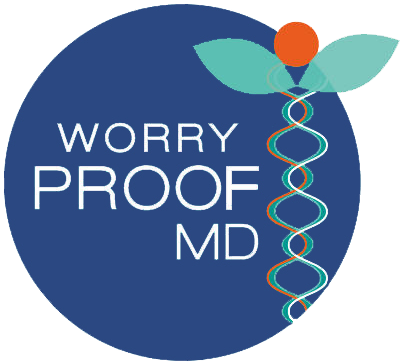What’s the Goal?
The recent college admissions scandal has rocked the parenting world – not to mention the education world – with good reason. But as the story unfolds and its scope widens, I am left asking a question I have repeated over and over to myself many times along this parenting journey, beginning well before any of this latest news broke: Really, what’s the goal?
I talk to parents everywhere — in my consulting practice, during speaking stints, on the sidelines while watching my own kids play in a game and on book tours, too. Every parent I have ever met shares the same hope: to raise safe, happy, healthy children. This goal is so universal, in fact, that I cannot think of a single outlier example. Every one of us wants those three ultimate outcomes, albeit in different orders of priorities, to be achieved at different times in their lives, and imagined different ways. But still… Safe. Healthy. Happy. That’s what it’s all about. If we can do that for our kids, we’ve done well.
The irony of last week’s news cycle was not lost on me when medical headlines revealed findings from a recent study essentially measuring those same three variables. Even though this story received much less attention, just like the college admissions drama the news here wasn’t good, either. That’s because when investigators looked at happiness among teens and young adults in the US, they found it falling precipitously over the past 10 years, replaced by increased depression and rising rates of both suicide and attempted suicide. As one journalist explained in covering the data, “The emotional well-being of younger Americans is poor compared with that of their elders… It’s also poor compared with how earlier generations felt when they were on the cusp of adulthood.”
The study’s authors suggest that at the root of teenage unhappiness sit ubiquitous phones and missing hours of sleep. It’s a theory, they admit, one borne out of the coincidence in timing between the simultaneous plummeting of the national teen mood and the increased incidence of phones and fatigue. I suppose the theory is possible – likely, even. But I have a different theory:
It might have a lot to do with us.
Parents bear significant responsibility in all of this. Whether we like it or not, whether we mean to be or not, we parents represent sources of expectation and stress. In trying to give our kids every opportunity, we heap pressures upon them, oftentimes without even recognizing it. An editorial in the New York Times last weekend described the snowplow parent, which is not a new concept but I am guessing after this piece will be a far more invoked term. Snowplow (or lawnmower or bulldozer) parents clear their kids’ paths, removing hurdles and creating opportunities. Most of them mean to motivate their children, to light a path that they can follow and make their own. They all hope for safe, healthy, happy. But the ultimate snowplow parent can never really let go – there’s always a new storm on the horizon; always something more they can do to support and ease their kid’s trek.
If we all want our kids to ultimately be safe, healthy and happy – which I believe we all do – then the news of last week, both the headlines and the hidden stories, should serve as reminders: instead of clearing their way, we should get out of their way. Our job is to keep them safe and healthy to maximize their likelihood of ultimate happiness, but we cannot do that for them.

